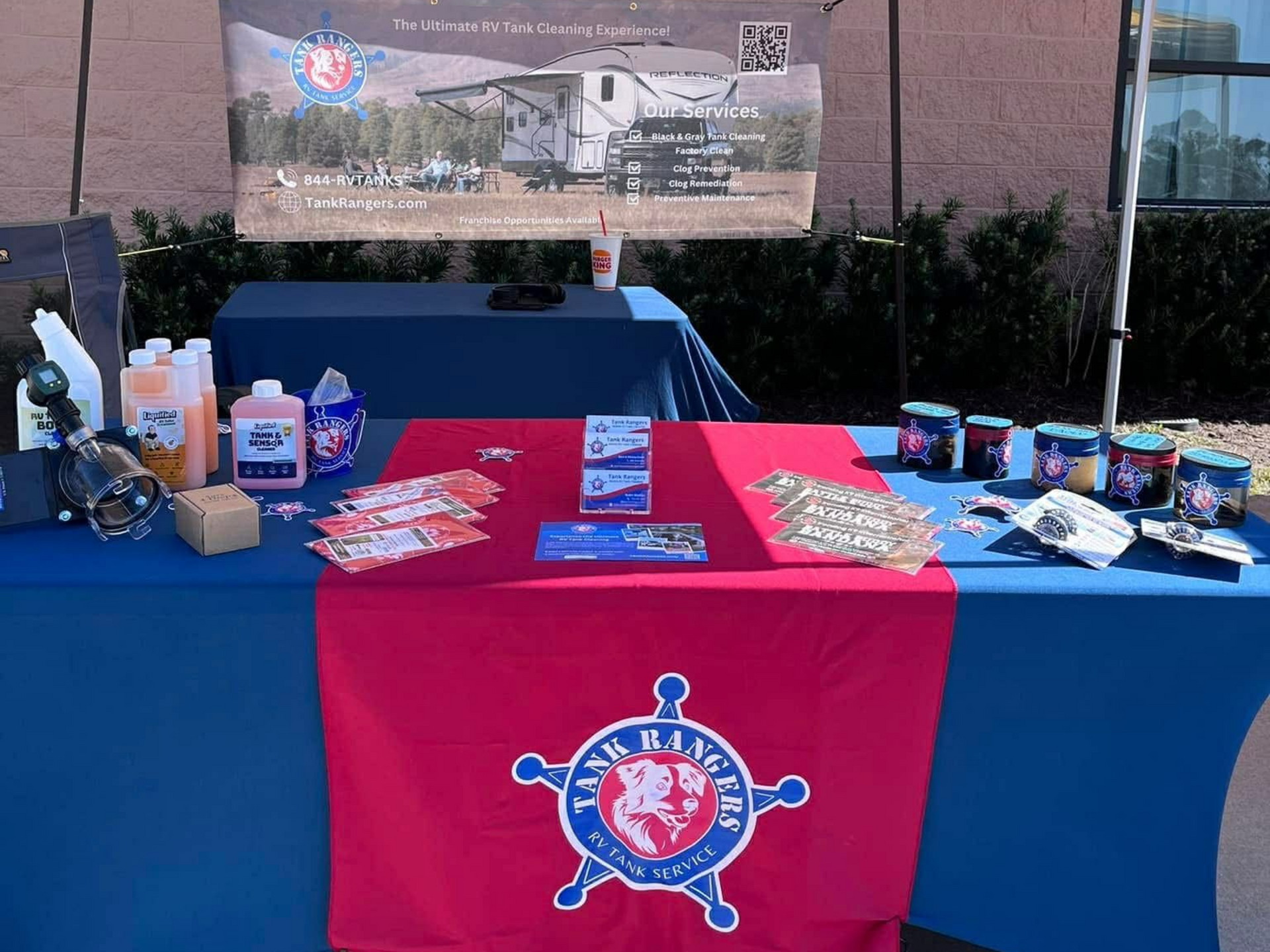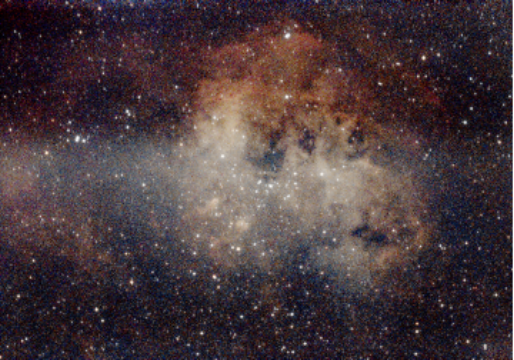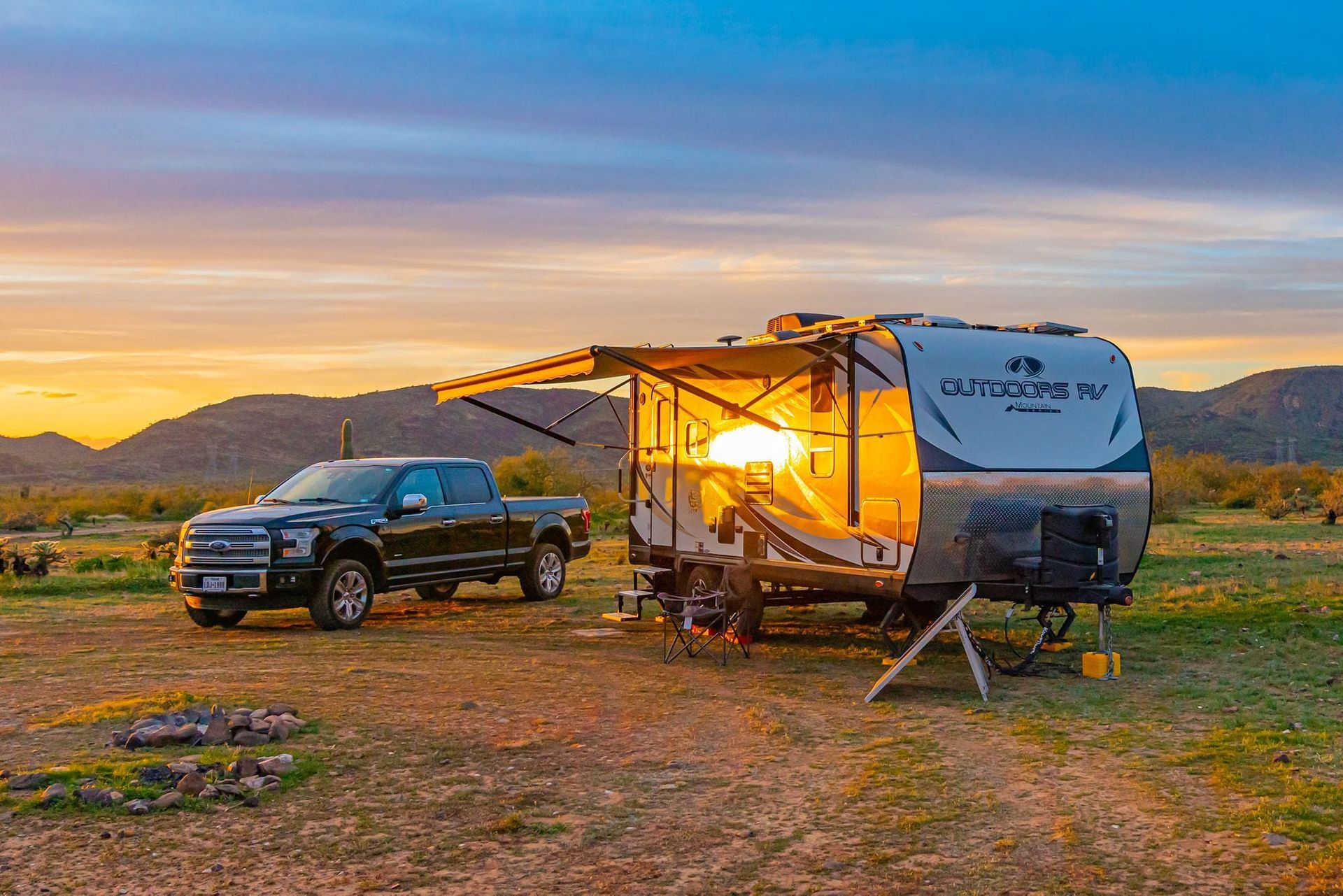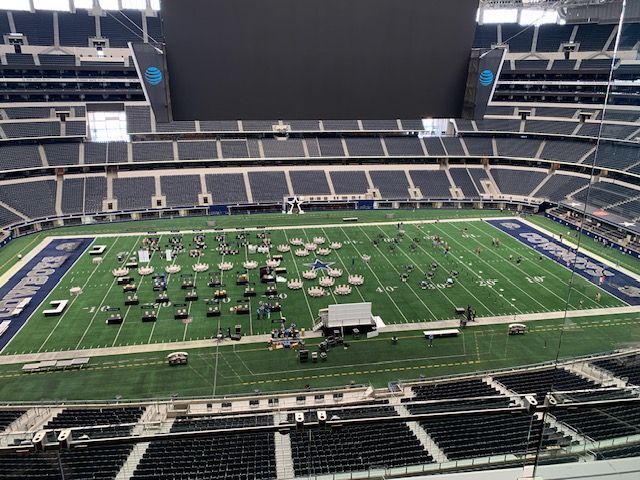Visiting The Fire Mountain
Philip Aggio • September 17, 2025
It was a setting straight from a postcard. An almost perfect shaped mountain reflected in the clear waters of an idyllic mountain lake at it base. Spirit Lake was the weekend playground for families from the cities of the northwest. They stayed at the picturesque inns on the lake’s shore and played on its clear blue waters. They were unaware of or ignored the danger. The mountain that loomed above them was born of fire.
Mount St. Helens is the most active volcano in the Cascade Range. In the spring of 1980 ominous signs started to appear. In March vents opened at the peak. In April the north side started bulging. There were clouds of steam and ash. The bulge grew. By May it was obvious that whatever was going on inside the mountain was out of the ordinary.
Evacuation orders were issued, and an exclusion zone was setup around the mountain.
With nothing seeming imminent the authorities relented and allowed people back into the exclusion zone to check on their homes and belongings. They were allowed in on May 17 and would be allowed in again at 10:00 A.M. on May 18, 1980. At 8:32 A.M. far beneath Mount St. Helens an earthquake measuring 5.1 on the Richter Scale, triggered the collapse of the bulged north side of the mountain. It created the largest debris landslide in history. It was followed instantly by a lateral blast, superheated volcanic ash and gas moving at over 300 miles per hour. The lateral blast travelled over 17 miles and covered 250 square miles. Following this release of pressure, the eruption went vertical. The ash column reached 16 miles into the sky. The eruption lasted over nine hours.

The National Volcanic Monument
Mount St. Helens National Volcanic Monument was created in 1982. It is managed by the U.S. Forest Service. I have had the opportunity to visit the monument on three separate occasions. It is very remote and there are no RV parks nearby. The few facilities that are in the national monument do not accommodate large recreational vehicles. Plan on a lengthy drive day to get to the mountain. If you are wanting to access more than one of the locations in the monument plan for multiple day trips.
Weather is a very unpredictable variable on Mount St. Helens. The mountain is a weathermaker. During my first visit in 1995 the mountain was shrouded in clouds. I could only stare frustratedly at its lower slopes, the crater and dome inside it completely hidden from view. I vowed I would return to see the mountain on clear day. It was 23 years later that I was finally able to return. Needless to say, understand that weather is constantly changing on the mountain and plan your trip accordingly.
There are four locations to visit in the national monument. The two locations that attract most of the visitors are Coldwater Ridge and the Johnston Ridge Observatory. These are accessed by State Route 504, also known as Spirit Lake Memorial Highway. Coldwater Ridge is where the main visitor center once was. The Johnston Ridge Observatory is at the end of State Route 504.
The third location is Windy Ridge. This is located on the northwest side of the mountain and is at the end of Forest Service Road 25. This route has no visitor centers but offers views of Spirit Lake and access to Bear Meadows. There are also trailheads at Windy Ridge that allow access to various areas.
The fourth location is Ape Cave, located on the south side of the mountain. It is an old lava tube from a much earlier period in the mountain’s history.
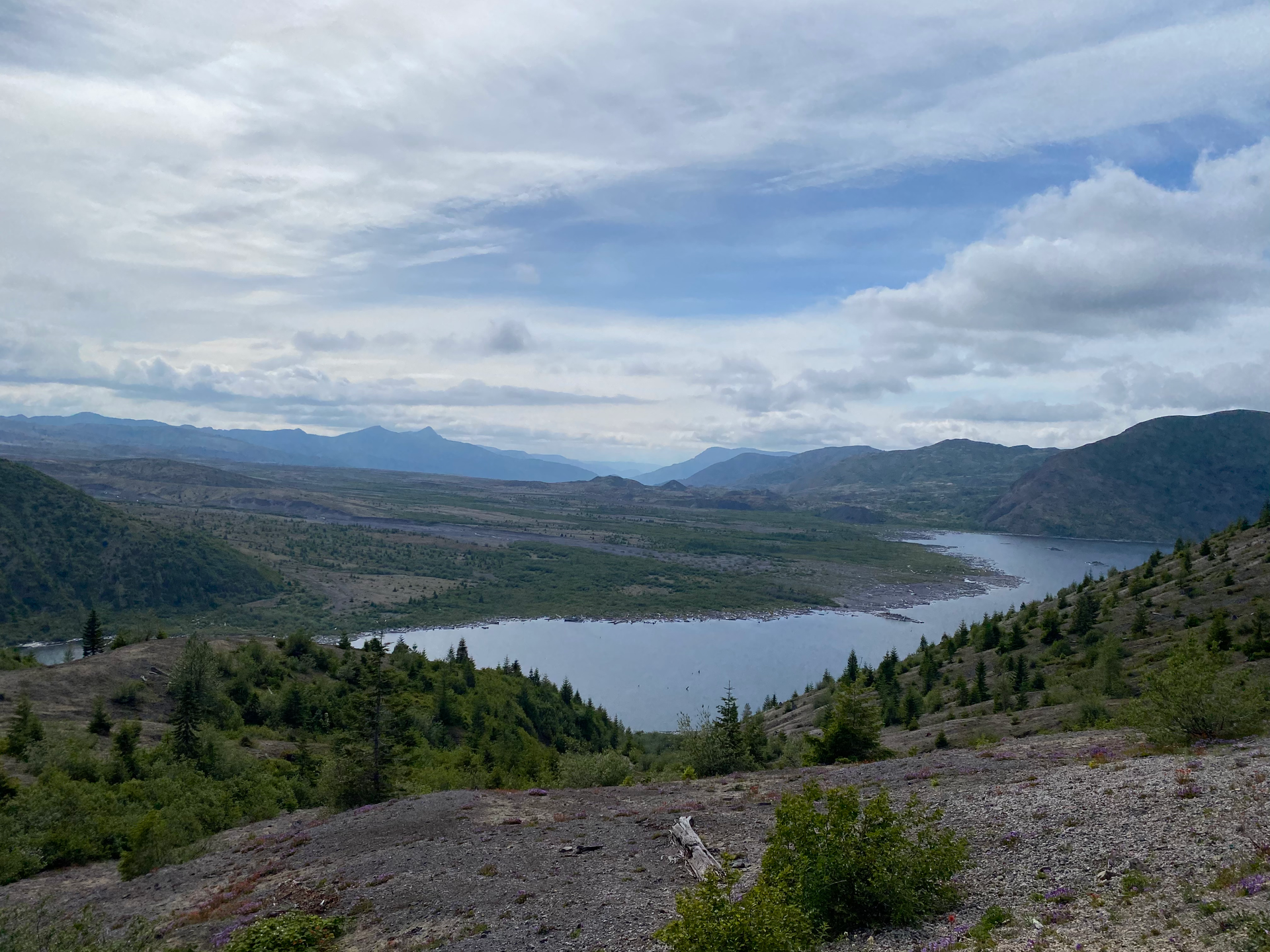
Coldwater Ridge and Johnston Ridge
The main route to the mountain is State Route 504. It is a 2 plus hour (104-mile) round trip from Interstate 5 at Castle Rock. There were once three visitor centers. Only two are operational today. The first is Silver Lake visitors center (this is the closest one to Interstate 5). The Silver Lake visitor is operated by Washington State and requires a separate per person fee to enter. Because it is a state-run facility, none of the federal passes are accepted here. My recommendation is to skip this one and proceed up the road to the mountain.
The Coldwater Ridge visitor center was once the grandest of the visitor centers. It offered dining options, interpretive exhibits, gift shops and sweeping views. Sadly, it has been long shuttered due to budget cuts. It is currently operated as The Mount St. Helens Science and Learning Center by a non-profit partner of the Forest Service. Coldwater Ridge still offers spectacular views of Coldwater Lake and the mountain beyond it.
The Johnston Ridge Observatory is located at the end of State Route 504.It is the only visitor center the Forest Service still operates. This is also where they collect entry fees or accept federal passes. The ridge and observatory are named for the volcanologist that lost his life in the eruption. Johnston Ridge is just four miles from the crater.
Sadly, landslides in 2023 blocked access to the upper reaches of State Route 504. Since then, the Johnston Ridge Observatory has been closed and without power. It expected to remain like this until at least 2027. Until the Johnston Ridge Observatory reopens, a temporary visitor center, gift shop and ranger station are being operated in a section of the Science and Learning Center at Coldwater Ridge.
The landslides in 2023 also blocked access to the trailheads and points of interests along the upper end of State Route 504. Plan on stopping at Coldwater Ridge and getting up to the minute information from the rangers at the visitor center.
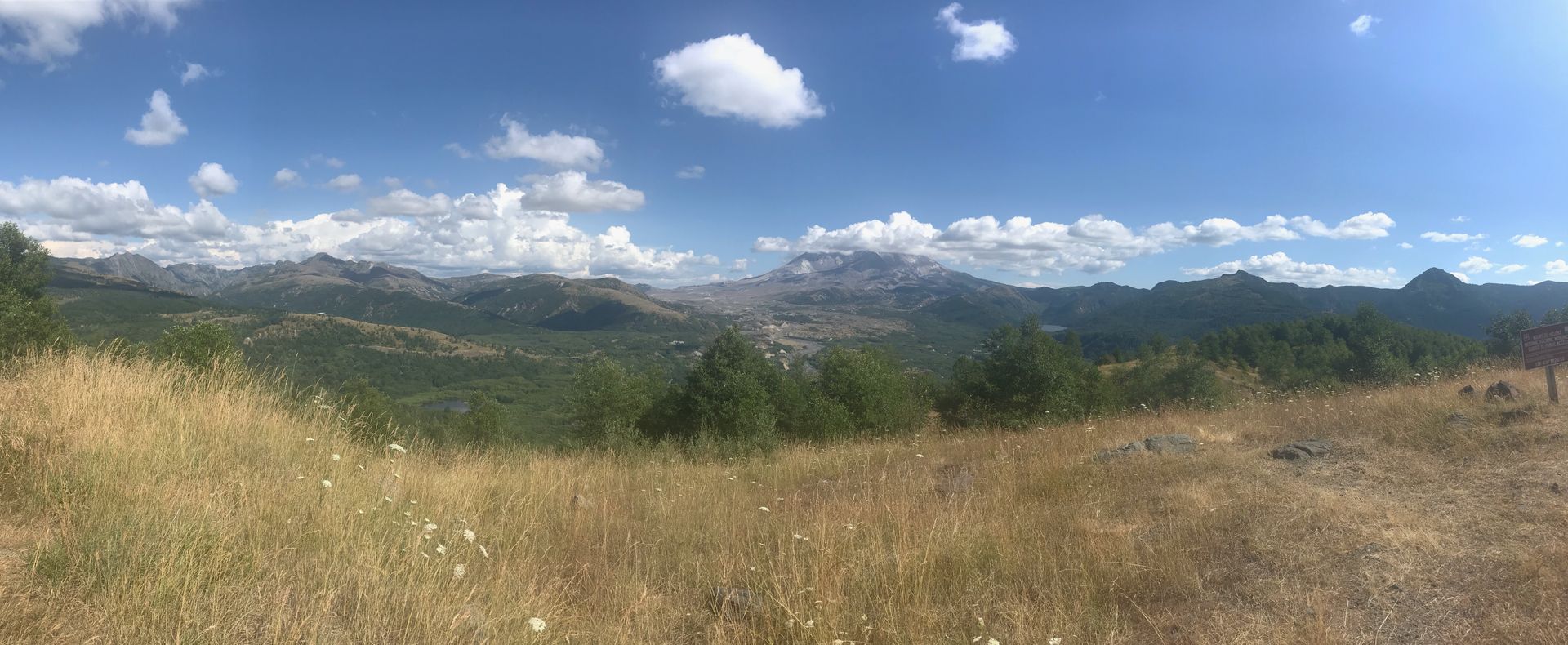
Bear Meadows and Windy Ridge
The third location to visit is Windy Ridge. To get there you will need to take U.S. Highway 12 east to Randle, Washington. Then turn south on State Route 131. Follow signs for the national monument. This will take you from State Route 131 onto Forest Service Road 25.
Just off FS 25 is the first point of interest, Bear Meadows. It was here on the morning on May 18, 1980, that Gary Rosenquist and some friends were camping. Gary had his camera with him and captured the now famous and well publicized photos of the north side of the mountain collapsing in a landslide followed by the lateral blast. He was shooting out the window of the car as they fled the area.
Follow FS 25 until you reach Forest Service Road 99. FS 99 will take you up to Windy Ridge. The next point of interest is the Spirit Lake overlook. This lake was once a prime retreat spot. One of the favorite places on the lake was Spirit Lake Lodge. It’s proprietor, Harry R. Truman (no relation to President Truman) made headlines when he refused to leave. He claimed he knew and understood the mountain and it knew him. His mountain would never hurt him he claimed. Today both Truman and his beloved lodge are buried beneath the tons of ash and landslide debris. During the collapse of the north side of the mountain and the subsequent lateral blast Spirit Lake was inundated by ash and debris that transformed it into what it looks like today.
When you reach Windy Ridge, you will be just 4 miles from the crater. There is a parking lot, trailheads and of course an iron ranger here. The trails lead off in different directions. One trail will take you all the way to Johnston Ridge. Another one will take you to another overlook of Spirit Lake.
Both FS 25 and FS 99 are paved roads. Before you make the drive verify road conditions, accessibility and get trail information from the Forest Service. It is approximately a six hour drive non-stop (224 miles) round trip starting from Castle Rock on Interstate 5.

Ape Cave
The fourth location to visit is Ape Cave. It is located on the south side of the mountain. I only recently learned about this location. It goes without saying then, that I have not yet been here. I will try to make it here the next time we are in the Pacific Northwest.
It is a 2 and half hour plus (130-mile) round trip from Castle Rock to Ape Cave. Take Interstate 5 South to State Route 503. Take State Route 503 east to NF-8303 then turn left and follow NF-8303 until you reach FS-8303060. Turn right and your will shortly arrive at Ape Cave Interpretive Site.
The South side of the mountain was spared the devastation that befell the North side. Ape Cave is a witness to earlier eruptions in the volcanic history of the mountain. Ape Cave is not a cave. It is a lava tube. Lava tubes rarely form in the Cascade Range as the mountains are stratovolcanoes. Their eruptions are violent and do not typically produce a fluid kind of lava called pahoehoe.
At a two and half miles, it’s the longest lava tube in the U.S. and the longest mapped tube in North America. Ape Cave Recreational Trail #239 runs right through the lava tube and is a National Recreational Trail. It receives 170,000 visitors each year.
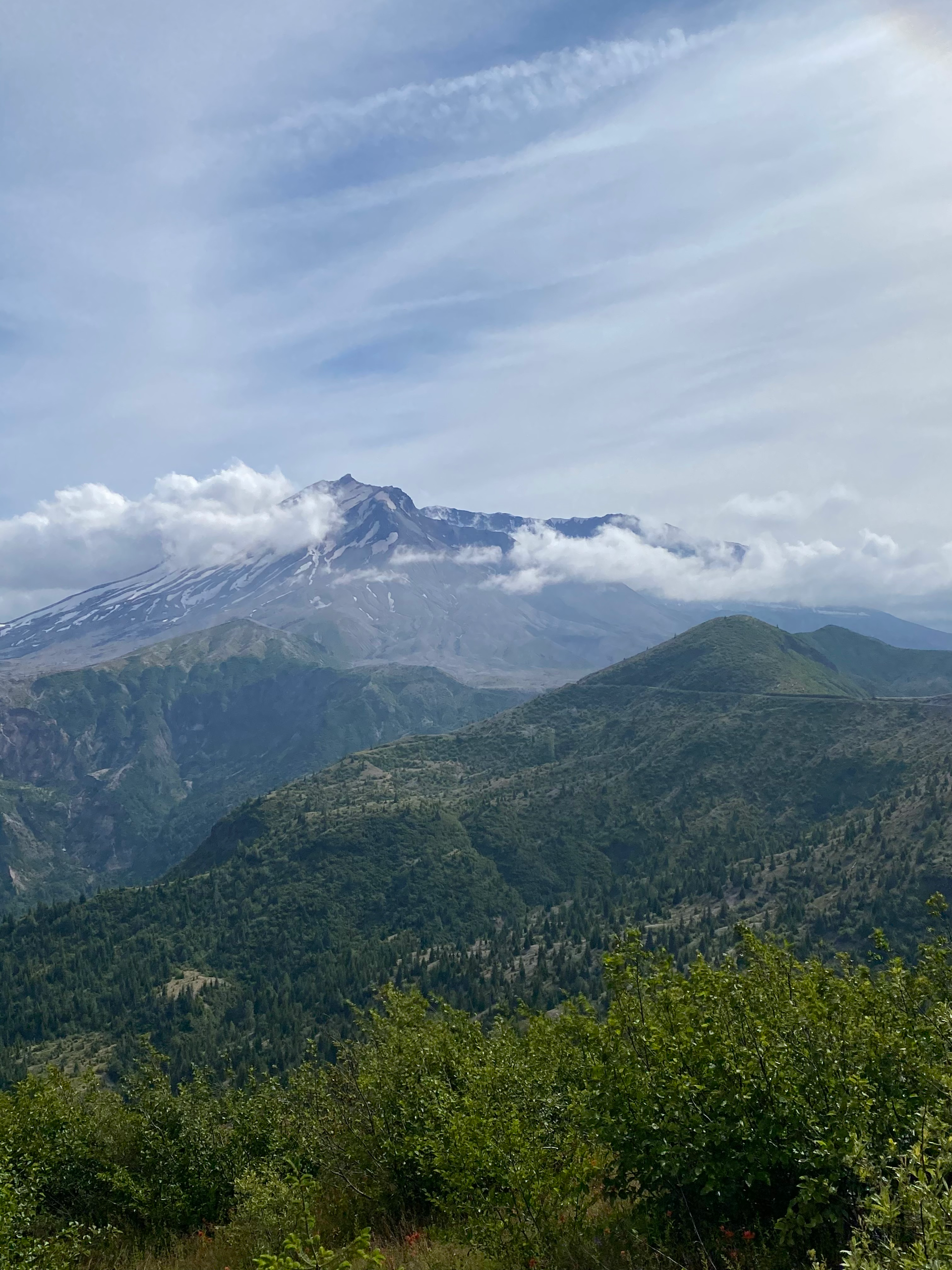
Epilogue
Almost half a century has passed since Mount St. Helens erupted. The devastated areas around the mountain are turning green once more as the natural processes of recovery and restoration occur at rate faster then ever expected.
Since May 1980 the fire mountain has erupted numerous times. None of these more recent eruptions have been as powerful. They have created a large dome on the floor of the crater. It is a living laboratory that has shaped the modern science of volcanology.
The dome continues to grow as the mountain rebuilds itself. Someday, Mount St. Helens may once again be almost perfect shaped mountain reflected in the waters of Spirit Lake. People may once again stay on its shores and play in its clear blue waters. Until, inevitably, the fire mountain erupts again.
Other blogs you might like...


